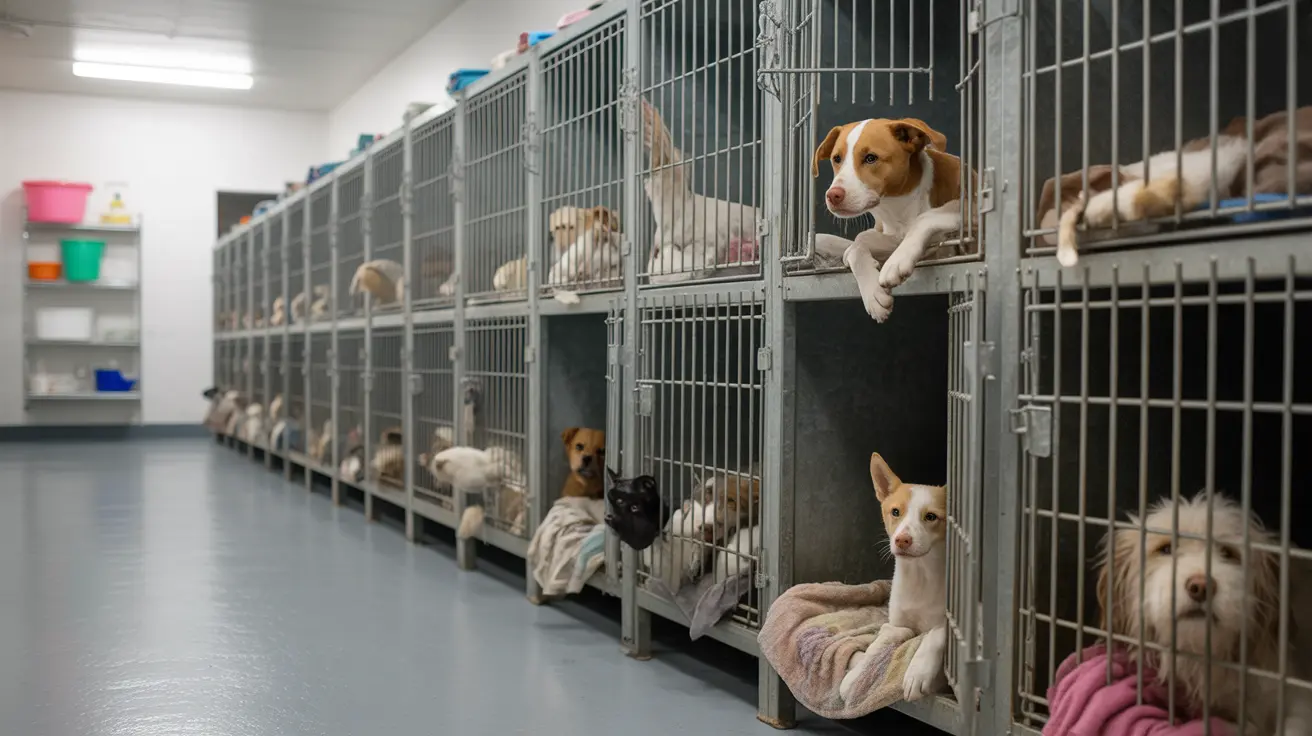Best Cat Cone Alternatives: Comfort and Safety for Your Feline
When your cat needs to heal after surgery or an injury, traditional plastic cones (Elizabethan collars) are often the first solution that comes to mind. However, many cats dislike these rigid cones—they can make eating, drinking, and moving around difficult. Fortunately, there are several cat cone alternatives that offer both comfort and effectiveness.
Why Consider Cat Cone Alternatives?
Cats are agile creatures who value their freedom of movement. A stiff plastic cone can lead to stress, anxiety, and even refusal to eat or drink. Alternatives focus on reducing discomfort while still preventing your cat from licking or biting at wounds or stitches. Choosing the right option can help your pet recover faster and with less stress.
Popular Cat Cone Alternatives
- Soft Collars: Made from flexible fabrics, soft collars (sometimes called soft E-collars) cushion your cat’s neck without the harsh edges of plastic cones. They allow more natural movement while still blocking access to most wound sites.
- Inflatable Collars: These collars resemble small pillows that wrap around your cat’s neck. They’re lightweight and less restrictive than hard cones, making it easier for cats to eat and sleep comfortably.
- Recovery Suits: A recovery suit is a snug-fitting garment that covers your cat’s body, protecting surgical sites or wounds directly. They’re especially helpful for abdominal surgeries or skin conditions where licking is a concern.
- Bodysuits or Onesies: Similar to baby onesies, these cover most of the torso and prevent access to wounds without restricting head movement at all.
- Pillow Collars: Soft donut-shaped pillows fit around the neck and act as a gentle barrier. They’re great for cats who hate having anything over their face.
How to Choose the Right Alternative
The choice depends on your cat’s personality, the location of their wound, and how determined they are to reach it. Here’s what you should consider:
- Maneuverability: Some cats will try harder than others to escape their collar. Test different options if possible.
- Surgical Site Location: For areas on the abdomen or back, recovery suits work well; for head or neck injuries, collars may be better.
- Eating & Drinking: Make sure your chosen alternative doesn’t prevent normal eating or drinking habits.
- Comfort & Fit: The device should fit snugly but not restrict breathing or cause chafing.
Caring for Your Cat During Recovery
No matter which alternative you choose, monitor your cat closely during the healing process. Check regularly for signs of irritation or discomfort caused by the collar or suit. Keep an eye out for these warning signs:
- Lethargy or hiding more than usual
- Trouble eating/drinking
- Sores developing under the collar/suit
- Persistent attempts to remove the device
If you notice any of these issues, consult your veterinarian right away—they may suggest adjustments or a different solution entirely.
Tips for Successful Use of Cone Alternatives
- Introduce Gradually: Let your cat sniff and inspect the new collar before putting it on fully.
- Praise & Treats: Reward calm behavior with treats so your cat associates wearing the device with positive experiences.
- Monitor Closely: Especially in the first hours after introducing a new device—ensure it stays in place and doesn’t cause distress.
- Keep Clean: Wash fabric collars and suits regularly to prevent infection.
The Pros and Cons of Each Alternative
No single solution works perfectly for every cat. Here’s a quick comparison:
- Soft Collars:- Pros: Comfortable, flexible
- Cons: May not prevent access to all areas if too short - Inflatable Collars:- Pros: Lightweight, less intrusive
- Cons: Determined cats may still reach some wounds - Recovery Suits/Bodysuits:- Pros: Full-body coverage
- Cons: Some cats dislike wearing clothing; may interfere with litter box use if not fitted properly
Your veterinarian can help you decide which option is safest based on your pet’s specific needs.
A Happier Healing Experience
Your goal is a smooth recovery with as little stress as possible for both you and your feline friend. With so many comfortable alternatives available today—soft collars, inflatable pillows, recovery suits—you don’t have to settle for an uncomfortable plastic cone unless absolutely necessary. Always supervise your pet during recovery and consult with professionals when in doubt about which method is best for their health and happiness.





